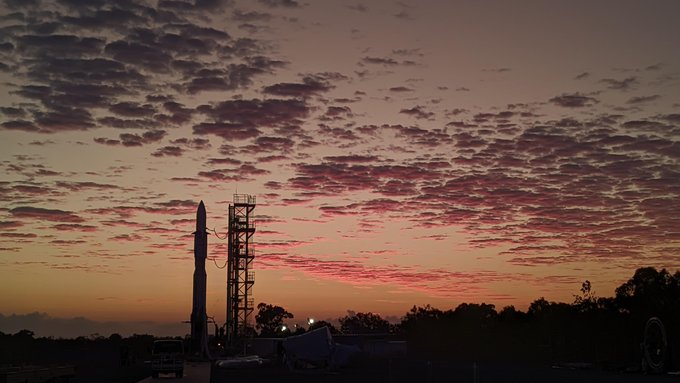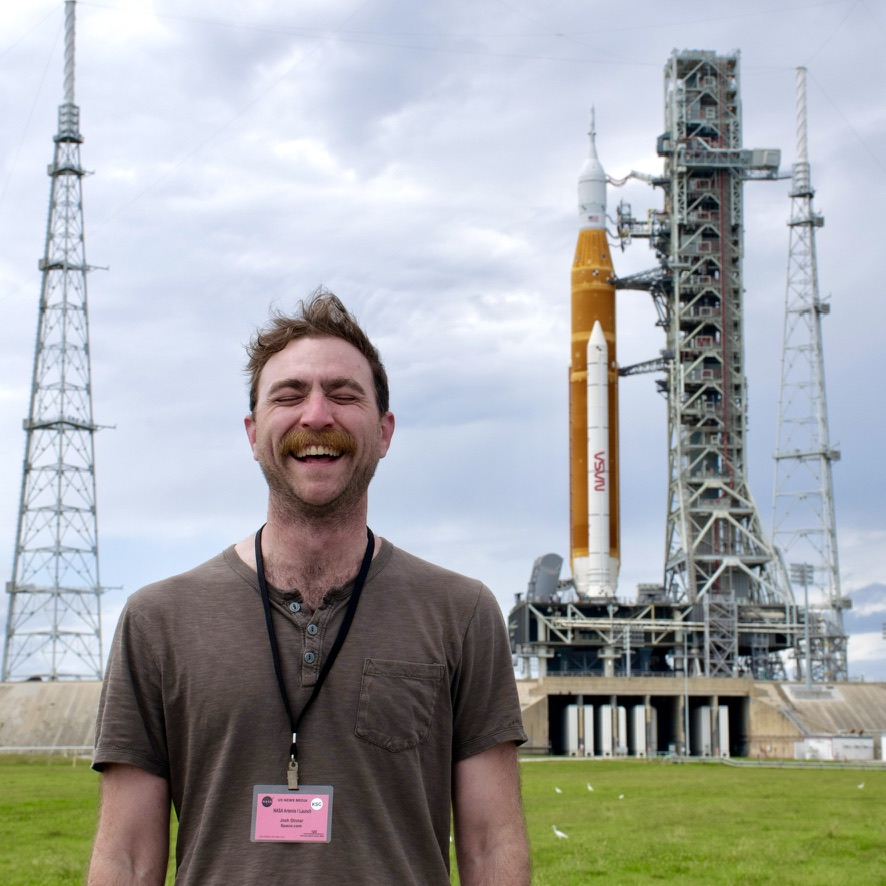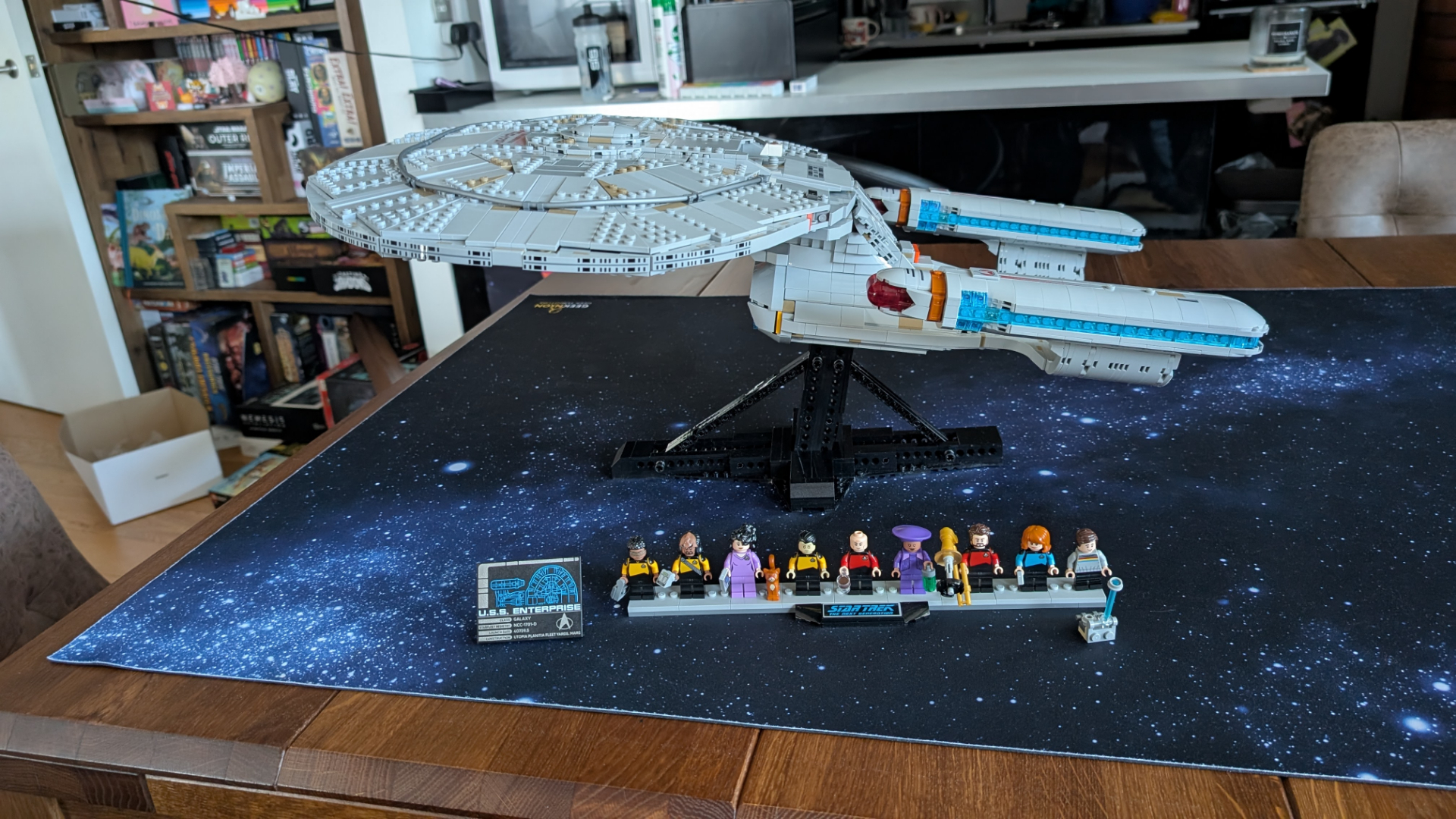Launch of Australia's 1st orbital rocket, Gilmour Space's Eris-1, delayed again, to July 27
Eris-1 will be the first Australian rocket to launch from Down Under.

Update for 2:35 p.m. ET on July 16: Gilmour Space has stood down from the planned July 16 debut launch of its Eris-1 rocket, citing a one-day ops delay and uncooperative weather. The company is now aiming for a window that opens on July 27.
Gilmour Space has replaced Eris-1's toppled top hat and is ready for another launch attempt.
The Australian company's first rocket was ready to fly in May, but an early trigger of the vehicle's fairing — the shell at the top of the rocket that protects payloads during launch — nixed that try. Now, a month and a half later, Eris-1 is back at the launch pad awaiting liftoff.
Gilmour is currently targeting no earlier than (NET) July 2 for the debut launch of Eris-1, from Pad 1 at the company's Bowen Orbital Spaceport in Queensland. Liftoff is currently expected during a window that opens July 2 at 5:30 p.m. EDT (2130 GMT; 7:30 a.m. local time on July 3).
Popping its top too early wasn't the first major delay Eris-1 faced this year. Gilmour was prepared to launch Eris-1 as early as March, but Tropical Cyclone Alfred prevented that first attempt from taking place.
May's setback had nothing to do with Mother Nature.
Eris-1's payload fairing system was triggered when neighboring components created a feedback charge during a routine vehicle shutdown that engaged the single-use deployment protocols and ejected the protective shell from the launch vehicle.
Breaking space news, the latest updates on rocket launches, skywatching events and more!
"While shutdowns are a normal part of launch operations, this issue didn’t appear during previous tests. That’s because the fairing separation system is single-use and isn’t activated to maintain its reliability and ensure safety," Gilmour said in an update.
Since its founding by brothers Adam and James Gilmour in 2015, Gilmour Space has grown to more than 200 employees in support of its operations and spaceport on the Queensland coast.
Eris-1 stands a modest 82 feet (25 meters) tall and is designed to launch up to 474 pounds (215 kilograms) to sun-synchronous orbits. The rocket's debut mission, TestFlight1, will be the first of several as Gilmour Space qualifies the new vehicle's systems.
TestFlight1 Update 🚀Rocket's up... but the winds aren't in our favour. Pushing the start of our #TestFlight1 launch window to 𝗡𝗼 𝗘𝗮𝗿𝗹𝗶𝗲𝗿 𝗧𝗵𝗮𝗻 (𝗡𝗘𝗧) 𝗝𝘂𝗹𝘆 𝟯AEST.Follow us here, or our Missions page for the latest.(Photo credit to Ben S) pic.twitter.com/2Zra8iKHiXJune 30, 2025
Keeping a realistic view of its expectations, Gilmour's founders have stressed that any measure of success for the Eris-1 flight will be considered a success.
"Whether we make it off the pad, reach max Q, or get all the way to space, what's important is that every second of flight will deliver valuable data that will improve our rocket's reliability and performance for future launches," they said in a press release in February.
The July 2 launch will not be streamed, but Gilmour Space will provide updates via its social media channels.

Josh Dinner is the Staff Writer for Spaceflight at Space.com. He is a writer and photographer with a passion for science and space exploration, and has been working the space beat since 2016. Josh has covered the evolution of NASA's commercial spaceflight partnerships and crewed missions from the Space Coast, as well as NASA science missions and more. He also enjoys building 1:144-scale model rockets and human-flown spacecraft. Find some of Josh's launch photography on Instagram and his website, and follow him on X, where he mostly posts in haiku.
You must confirm your public display name before commenting
Please logout and then login again, you will then be prompted to enter your display name.
